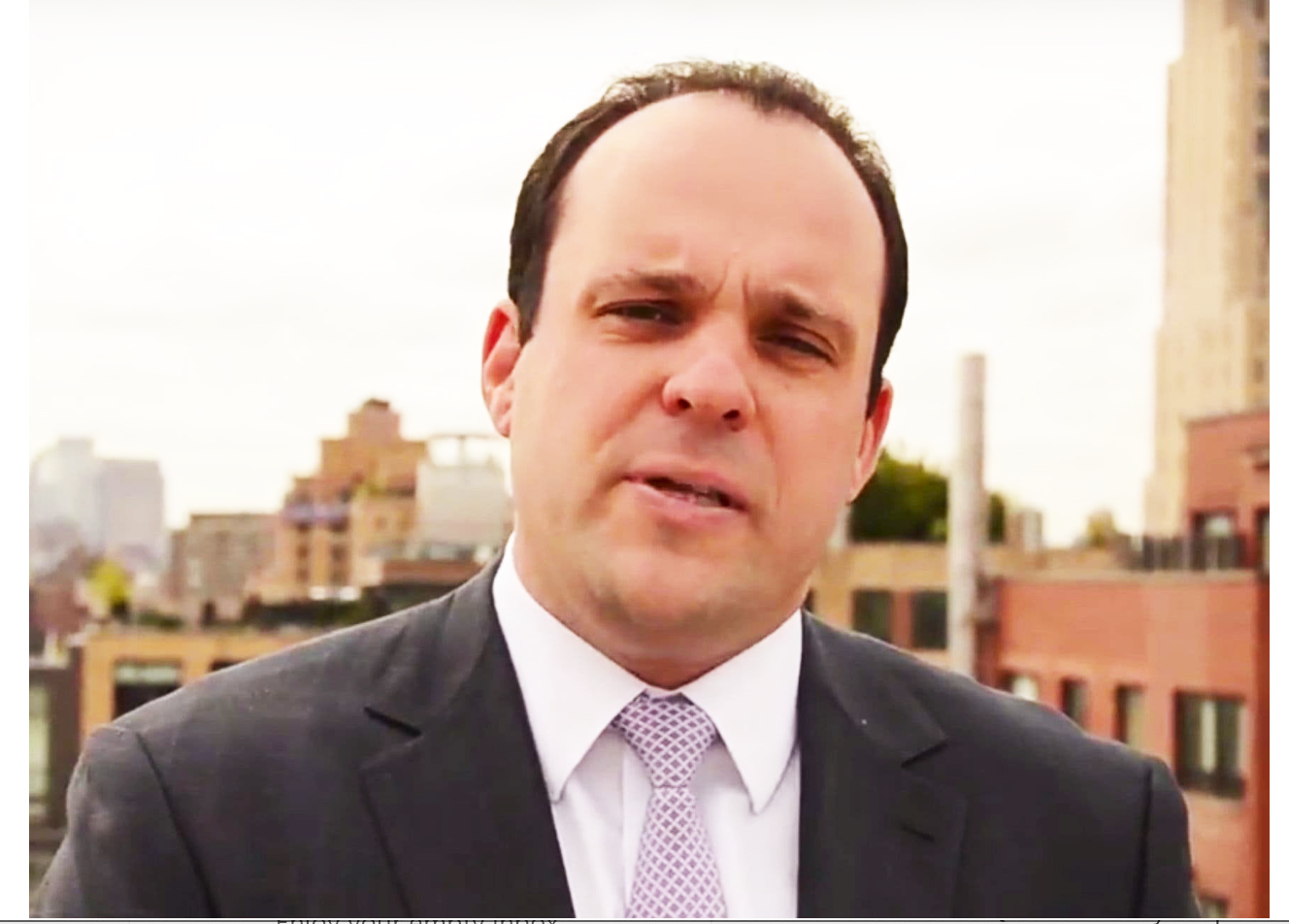The New York Times identified Boris Epshteyn as the likely co-conspirator because an email described in the indictment closely matches an email the newspaper reviewed between Epshteyn and Trump lawyer Rudy Giuliani and his son.
Ryan Randazzo
Arizona Republic
Boris Epshteyn, potentially the “Co-Conspirator 6” referenced in the federal indictment of former President Donald Trump, worked hard to overturn the 2020 election results in Arizona, from stoking protesters outside the county tabulation center immediately after the vote to pushing for a law that would allow legislators to overturn elections.
In between those acts, he was involved with the slate of fake GOP electors from Arizona who submitted their names to Congress even though Democrat Joe Biden had won the state. That activity landed “Co-Conspirator 6” a prominent role in the indictment released Tuesday.
Epshteyn, a lawyer who served as a consultant to Trump, isn’t identified in the indictment, but his actions on behalf of Trump in Arizona indicate he is the person identified in the document, which describes the person as a “political consultant” involved in both the fake elector scheme and disruption of the election certification by Congress.
The New York Times identified Epshteyn as the likely co-conspirator because an email described in the indictment closely matches an email the newspaper reviewed between Epshteyn and Trump lawyer Rudy Giuliani and his son.
Epshteyn, a Russian émigré who once worked with a campaign for the late Sen. John McCain, R-Ariz., declined to discuss the matter on the record Thursday.
Giuliani and the other co-conspirators also aren’t identified in the indictment. But the descriptions of their actions match up so well with what is known about their roles in the Trump organization that it seems clear they are Giuliani (Co-Conspirator 1), attorney John Eastman (2), lawyer Sidney Powell (3), former Justice Department official Jeffrey Clark (4) and lawyer Kenneth Chesebro (5).
The co-conspirators are not charged with crimes. But they also aren’t identified as “unindicted” in the document, indicating they could be charged in a subsequent action.









